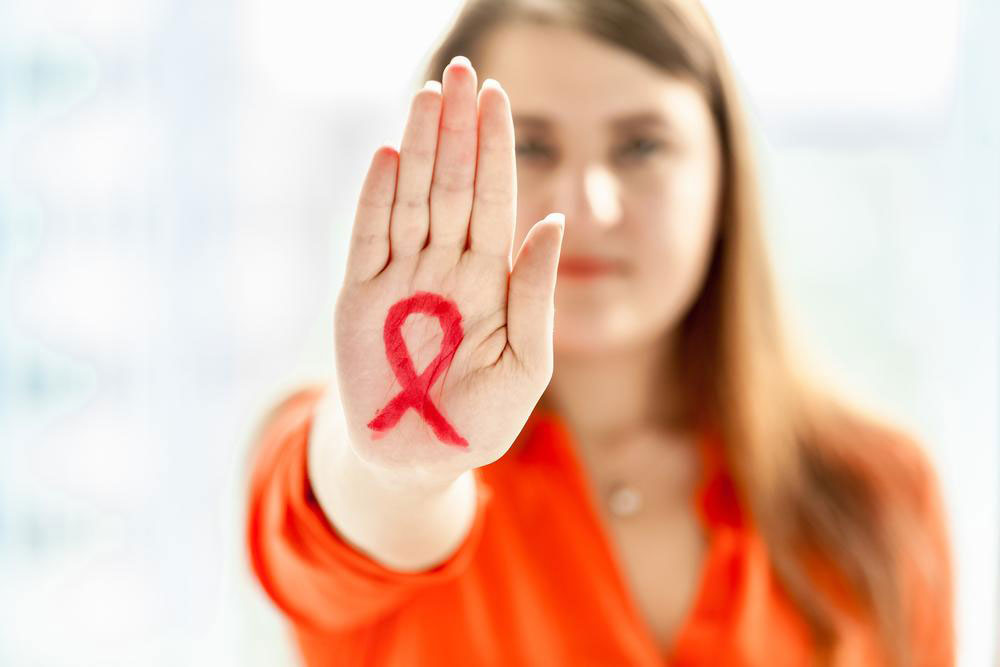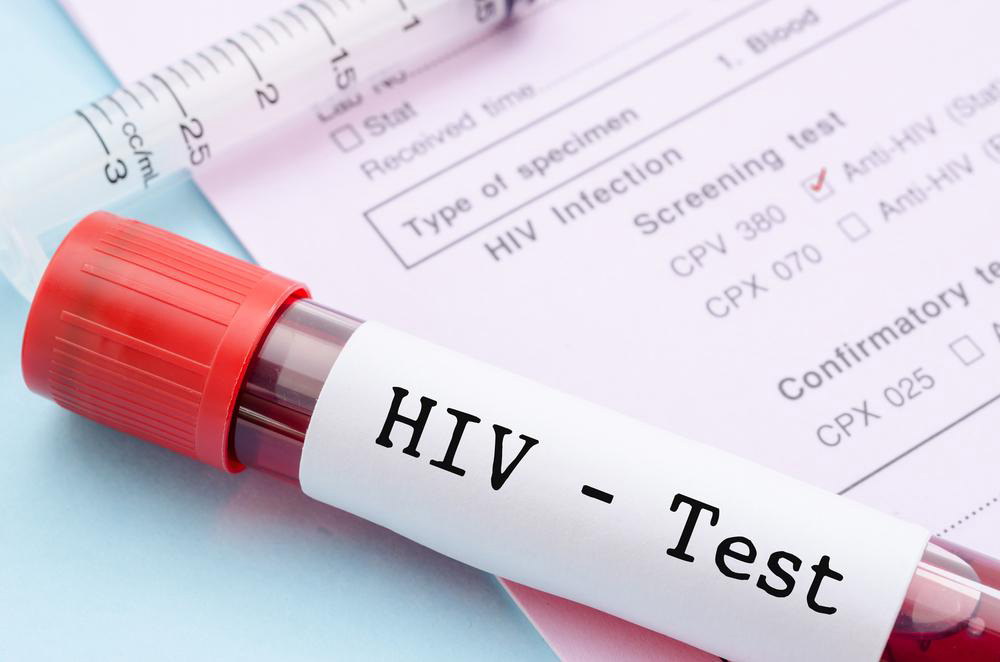Top Strategies to Prevent HIV Infection
Learn essential strategies to prevent HIV infection, including testing, safe sex practices, and avoiding risky contact with blood. Early intervention and proper precautions significantly reduce the risk of transmission and promote better health outcomes.

Top Strategies to Prevent HIV Infection
While there is no vaccine available for HIV prevention and no cure for AIDS, individuals can take proactive steps to reduce their risk of infection. Educating oneself on prevention methods is crucial, and consulting healthcare professionals can provide personalized advice. Early testing, safe practices, and avoiding high-risk behaviors play essential roles in protection. Implementing these measures helps safeguard health and reduce transmission rates, emphasizing that prevention is more effective than treatment after infection occurs.
Get Tested for HIV: People aged 13 to 64 should consider HIV testing at least once. Testing partners together can also help identify potential risks early.
In case of a positive diagnosis, timely HIV treatment is essential to prevent virus progression.
Avoid Contact with Infected Blood: Direct contact with HIV-infected blood is a primary transmission route. Be cautious with blood transfusions and open wounds, seeking treatment immediately if exposure occurs.
Use Needles Safely: Never reuse or share needles, as blood transfer can spread HIV. Follow medical guidelines to prevent accidental contamination.
Practice Safe Sex and Use Condoms: Using condoms is a highly effective way to prevent sexual transmission of HIV, especially when engaging with multiple partners.
Limit Number of Sexual Partners: Reducing the number of partners decreases the likelihood of HIV exposure, though consistent safe sex practices remain vital.
If HIV or AIDS is diagnosed despite preventative measures, immediate medical treatment is crucial. Preventing HIV remains the most effective strategy to curb its global spread and protect individual health.
Note:
This article provides general information on HIV/AIDS symptoms, treatments, and prevention. It should not replace professional medical advice. Always consult healthcare professionals for personalized care and guidance.










